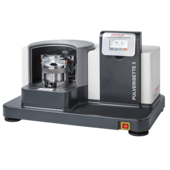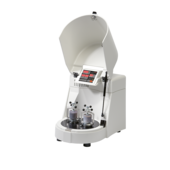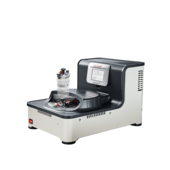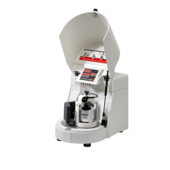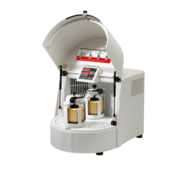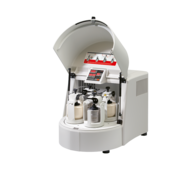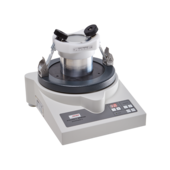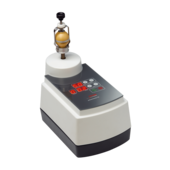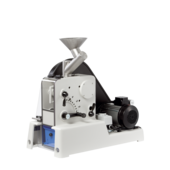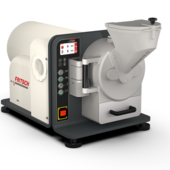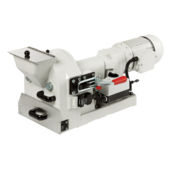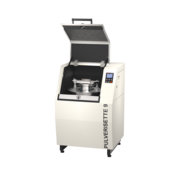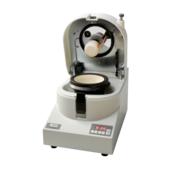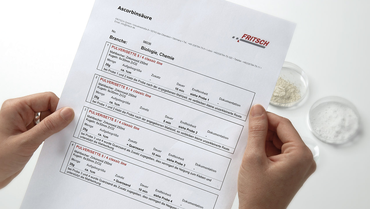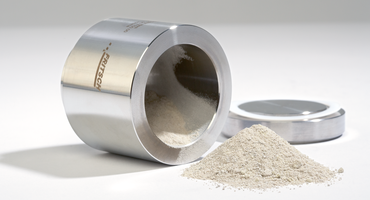返回概览
From “Boulder” to Nano-Particles
Medium-hard to hard materials with edge lengths up to 95 mm can be pre-crushed with the FRITSCH Jaw Crusher PULVERISETTE 1 so an additional fine comminution with many FRITSCH mills is possible.
These include:
Using any of these instruments, material can be more or less quickly ground to “analytical fineness”, i.e. smaller than 63 μm. To achieve significantly finer materials as the starting point for creating Nano-powders, the first two instruments mentioned are no longer suitable. Previously the production of particles under 1 μm with mills from our product range has only been achieved with planetary ball mills. Because of this we developed the Planetary Mono Mill PULVERISETTE 6 classic line and found that when it was used to grind quartz sand as the preferred “model” material and without any liquid addition this was an appropriate test situation. When the material adheres to the bowl wall and the grinding balls it is generally assumed that the end of the “dry grinding” process has been reached. A 250 ml grinding bowl of zirconium oxide and 20 mm grinding balls of the same material were used for this test series.
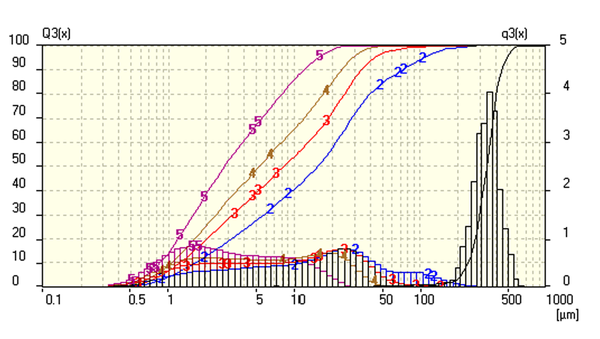
- 1 4 Quartz sand starting product for the tests for production of Nano particles
- 2 2 quartz sand 5 min PULVERISETTE 6, dry grinding, 250 ml ZrO2 bowl, 20 mm balls, average
- 3 3 quartz sand 10 min PULVERISETTE 6, dry grinding, 250 ml ZrO2 bowl, 20 mm balls, average
- 4 31 quartz sand 15 min PULVERISETTE 6, dry grinding, 250 ml ZrO2 bowl, 20 mm balls, average
- 5 43 quartz sand 30 min PULVERISETTE 6, dry grinding, 250 ml ZrO2 bowl, 20 mm balls, average
After 10 minutes (curve 3), the material is already fine enough for normal analysis tasks; the level of “analytical fineness” has been reached.
With x10 < 0.8 μm - x50 < 2.8 μm - x90 < 11.9 μm, a material has been produced after 30 minutes (curve 5) that has the appropriate particle size for further attempts to produce Nano-powders.
In tests with the Planetary Micro Mill PULVERISETTE 7 classic line, it was shown that lengthening the grinding time from 60 minutes to 240 minutes achieves practically no further increase in the fineness of the ground material. By exchanging the 10 mm grinding balls used for this test with balls approx. 1 mm in size, a significant increase in the fineness can be achieved after a short time.
These experiences were the basis for the continuation of the test using the Planetary Mono Mill PULVERISETTE 6 classic line and a 250 ml bowl of zirconium oxide once again. Instead of the 20 mm diameter grinding balls, now grinding beads of zirconium oxide significantly smaller than 1 mm diameter were used. To determine the quantity required, the 20 mm grinding balls were weighed and an equivalent weight of grinding beads of 1 mm was used with 50 g of model substance from the first test and 100 ml of water.
After 120 minutes of processing, the particle size distribution was determined with the Laser Particle Sizer ANALYSETTE 22 (curve 2).
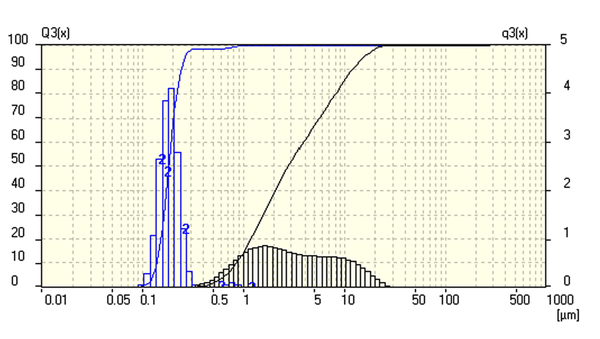
- 1-43 quartz sand 30 min PULVERISETTE 6, dry grinding, 250 ml ZrO2 bowl, 20 mm balls, average
- 2 221 quartz sand 120 min PULVERISETTE 6, wet grinding, 2nd step, 250 ml ZrO2 bowl, 320 g of 0.4 mm ZrO2 balls
- 3rd test series, average
A very convincing result was achieved with x10 < 140 nm - x50 < 180 nm - x90 < 240 nm. These test results show that Nano-particles can easily be produced with Planetary Ball Mills from FRITSCH GmbH. An intermediate sample after 30 minutes with the results x10 < 180 nm - x50 < 250 nm and x90 < 580 nm showed that FRITSCH technology makes it possible to turn a “boulder” into Nano-particles in just 1 hour.
Critical factors for production of Nano-particles:
- physical properties of the grinding sample
- physical properties of the grinding media
- grinding ball size
- maximum possible energy application available with the mill
- ratio between the quantity of grinding materials to grinding balls and liquid
The Fritsch patented Planetary Ball mill PULVERISETTE 6 classic line is characterized by the optimal speed ratio between the sun disk and the grinding set, which guarantees the maximum possible impact energy through the resulting trajectories of the grinding balls colliding radially with the grinding bowl walls and thus provides the best cost/performance ratio of any mill available.
-
Download the FRITSCH-report as PDF file
-
Detailed grinding reports
返回概览


